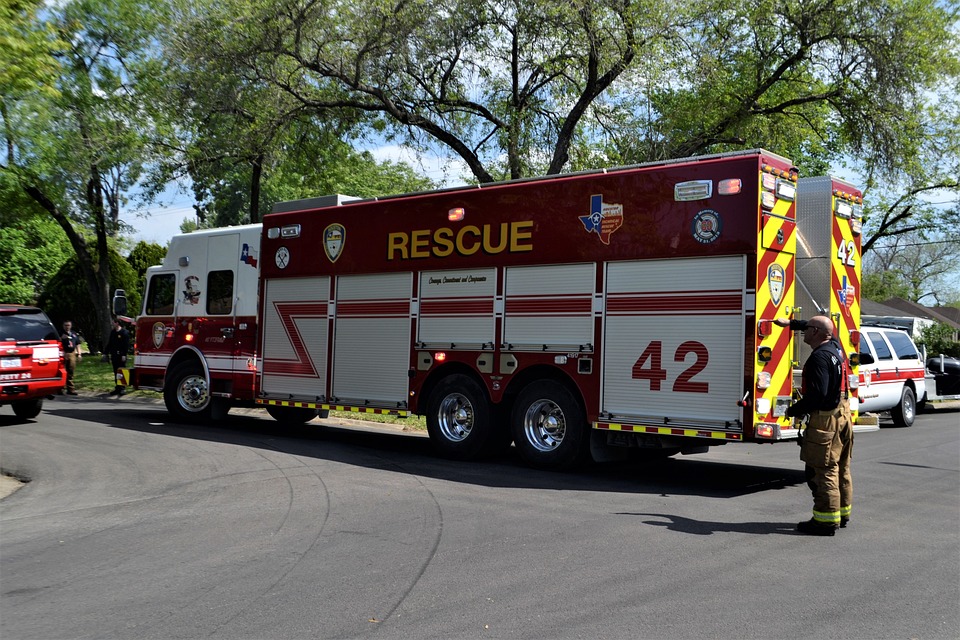The high seas are a vast and largely unexplored area of the world’s oceans, covering nearly two-thirds of the planet’s surface. This area is home to a wide variety of marine life, and is an important source of food and resources for many countries. Unfortunately, the high seas are also vulnerable to a variety of threats, including illegal fishing, piracy, and environmental damage. To protect this vital resource, many countries have implemented offshore marine security measures.
Offshore marine security is a multi-faceted approach to protecting the high seas. It involves a combination of surveillance, enforcement, and education. Surveillance is used to monitor the activities of vessels in the area, while enforcement is used to deter and punish illegal activities. Education is also important, as it helps to raise awareness of the importance of protecting the high seas and encourages responsible behavior.
One of the most important aspects of offshore marine security is the use of surveillance. This can be done through the use of satellites, aircraft, and unmanned aerial vehicles (UAVs). These technologies allow for the monitoring of vessels in the area, as well as the detection of illegal activities. This information can then be used to inform enforcement efforts.
Enforcement is another key component of offshore marine security. This involves the use of naval vessels, aircraft, and other assets to deter and punish illegal activities. This can include the interception of vessels suspected of engaging in illegal activities, as well as the confiscation of illegal catches. In addition, enforcement efforts can also include the prosecution of those responsible for illegal activities.
Finally, education is an important part of offshore marine security. This involves raising awareness of the importance of protecting the high seas and encouraging responsible behavior. This can include public outreach campaigns, as well as the development of educational materials for schools and other organizations.
Offshore marine security is an essential part of protecting the high seas. By combining surveillance, enforcement, and education, countries can ensure that this vital resource is protected for future generations.






















